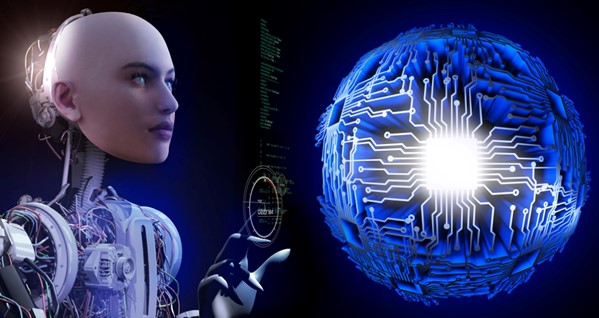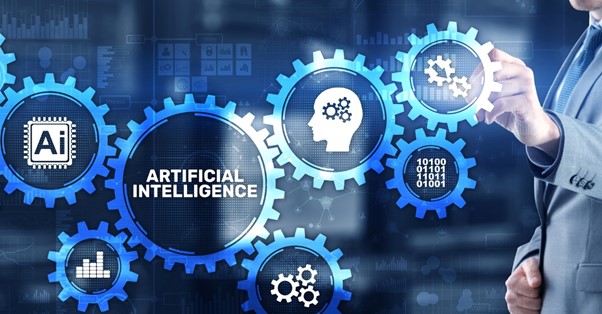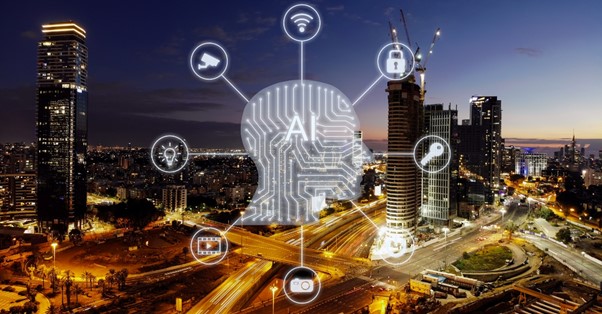
The rise of Artificial intelligence (AI) in Annotation & Labeling
Artificial intelligence (AI) is a wide-ranging branch of computer science concerned with building smart machines capable of performing tasks that typically require human intelligence. Over the years AI has rapidly evolved, making remarkable strides in various domains such as machine learning, natural language processing, and computer vision. One of the most fascinating developments within AI is generative AI, which holds tremendous potential to revolutionize how we create, imagine, and interact with technology. This is not just another incremental advancement in the world of technology. It is a radical, transformative shift akin to the major technology revolutions that have reshaped our world in the past.
Thus, in this ever-evolving landscape of data-driven industries, the role of annotation and labeling data has become critical. The journey of generative AI’s integration into this realm is a fascinating tale of technological ingenuity and the relentless pursuit of enhancing accuracy and efficiency.

The roots of generative AI’s foray into annotation and labeling can be traced back to the advent of deep learning and neural networks. As data volumes surged and complexities intensified, conventional manual annotation processes proved time-consuming, resource-intensive, and prone to inconsistencies. Generative AI, armed with its ability to mimic human-like creativity, began to craft a new narrative. Early applications encompassed the augmentation of labeled datasets, synthesizing diverse examples to bolster model generalization. Techniques such as Variational Autoencoders (VAEs) and Generative Adversarial Networks (GANs) set the stage for a paradigm shift, empowering algorithms to understand the underlying distribution of data and produce realistic annotations.
Generative AI is already supporting us today in the most popular areas, such as Image and Video Synthesis, Music Generation, Robotics and Control, Game AI, Generative Design and Language Models, etc. The reality is Generative AI is penetrating more and more everyday areas, and the boundaries between different categories are becoming increasingly blurred. AI tools like ChatGPT’s emergence further accelerate the demand and need for data annotation. Similar to ChatGPT and Google’s Bard, most of the IT companies are developing their own generative AI tools according to their client needs with more customization.

In the contemporary scenario, generative AI stands as a linchpin in automating and streamlining annotation workflows. From computer vision tasks like object detection and segmentation to natural language processing undertakings like sentiment analysis and language generation, generative models have demonstrated remarkable prowess. The seamless integration of generative AI not only expedites the labeling process but also alleviates the burden of domain expertise, allowing subject matter experts to focus on higher-order tasks. Annotation pipelines enriched by generative AI exhibit reduced human bias and yield consistently accurate annotations, thus laying the foundation for robust, unbiased machine-learning models.
Looking ahead, the future of generative AI in annotation and labeling appears profoundly promising. With ongoing advancements in model architectures, data efficiency, and unsupervised learning techniques, the scope of generative AI’s impact is poised to expand manifold. The convergence of generative AI with techniques such as active learning and reinforcement learning holds the potential for iterative annotation improvement, wherein models guide the annotation process intelligently. Ethical considerations, too, will play a pivotal role, as responsible deployment of generative AI demands vigilance against potential risks and biases. Furthermore, collaboration between human annotators and generative AI systems is expected to flourish, ushering in a new era of synergistic productivity and enhanced model performance.

Government Efforts Leading the Way in Generative AI
The integration of generative AI into the realm of annotation and labeling marks a watershed moment in the trajectory of AI-driven industries. Several initiatives have been launched by the government of India to promote the development of AI. The National Institution for Transforming India (NITI) Aayog, the country’s policy think-tank, has developed a national strategy for AI that outlines a roadmap for AI development in India. The government has also established a Centre of Excellence for AI to promote research and development in the field, as well as several AI research institutes and centers.
Generative AI is a rapidly evolving field with many potential applications. In the coming years, we can expect to see further advancements in natural language processing, improvements in generative models, and new and innovative applications of generative AI. We can also see the emergence of explainable generative AI and the integration of generative AI with block chain technology. These trends can transform how we create and consume content and create new opportunities for innovation and growth in various fields. As with any new technology, it is important to approach generative AI carefully and consider its ethical and societal implications. The transformation from labour-intensive, manual labeling to data-enriched, generative annotation signifies a profound shift that empowers industries to harness the true potential of their data.
What Lies Ahead?
As generative AI continues its ascent, businesses, researchers, and practitioners alike stand poised to reap the rewards of unprecedented accuracy, efficiency, and innovation, propelling us into an era where AI and human collaboration redefine the boundaries of what is achievable. In the dynamic tapestry of our modern world, Artificial Intelligence (AI) stands as a mesmerizing thread, weaving its way through the fabric of innovation and reshaping the very core of human interaction with technology. With each passing day, AI’s influence expands, touching diverse sectors and offering tantalizing glimpses of a future where machines simulate human-like intelligence.